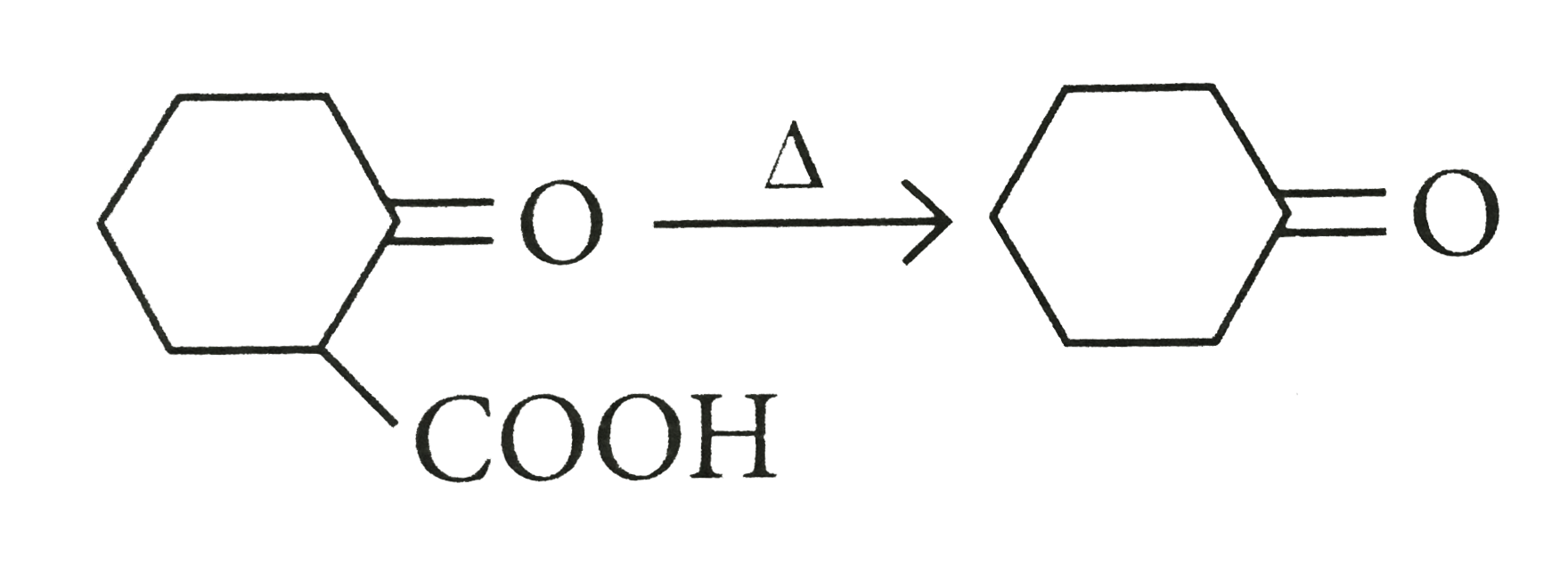Complete Solutions to Higher Order Thinking Skills of chapter ORGANIC CHEMISTRY-SOME BASIC PRINCIPLES AND TECHNIQUES of Class 11 book with complete answers and questions
| Class 11 | CHEMISTRY |
| Chapter | ORGANIC CHEMISTRY-SOME BASIC PRINCIPLES AND TECHNIQUES |
| NCERT FINGERTIPS | Higher Order Thinking Skills |
| Number Of Questions | 6 |
| Academic Year | 2023-24 |
Consider the following reactions.
I. `CH_(3)=CHCOOH overset(Delta)to CH_(2)=CH_(3)`
II.
III. `CH_(3)CH(COOH)_(2) overset(Delta)to CH_(3)CH_(2)COOH`
In which cases, parent compound loses its functional group in preference?
View SolutionWhich of the following names is correct for
`underset(CHO)underset(|)(C)H_(2)-underset(CHO)underset(|)(C)H-underset(CHO)underset(|)(C)H_(2)`?
View SolutionThe number of structural and configurational isomers of a bromo compound, `C_(5)H_(9)Br`, formed by the additionn of HBr to 2-penthyne respectively are
View SolutionThe correct stability order for the following species is

View SolutionWhich of the following orders correctly depicts the decreasing order of stability of carbanion?
View SolutionA sample of 0.50 g of an organic compound was treated according to Kjeldahl's method. The ammonia evolved was absorbed in 50 mL of 0.5 M `H_(2)SO_(4)`. The residual acid required 60 mL of 0.5 M solution of NaOH for neutralisation. What would be the percentage composition of nitrogen in the compound?
View Solution
Higher Order Thinking Skills questions and complete solutions for chapter ORGANIC CHEMISTRY-SOME BASIC PRINCIPLES AND TECHNIQUES of MTG CHEMISTRY (HINGLISH) of Class 11
All Exercises from NCERT FINGERTIPS Class 11 CHEMISTRY ORGANIC CHEMISTRY-SOME BASIC PRINCIPLES AND TECHNIQUES
- Assertion And Reason
- Exemplar Problems
- Fundamental Concepts In Organic Chemistry
- Higher Order Thinking Skills
- Isomerism
- MCQs
- Methods Of Purification Of Organic Compounds
- NCERT Exemplar
- Nomenclature Of Organic Compounds
- Qualitative Analysis Of Organic Compounds
- Quantitative Analysis
- Tetravalence Of Carbon : Shape Of Organic Compounds